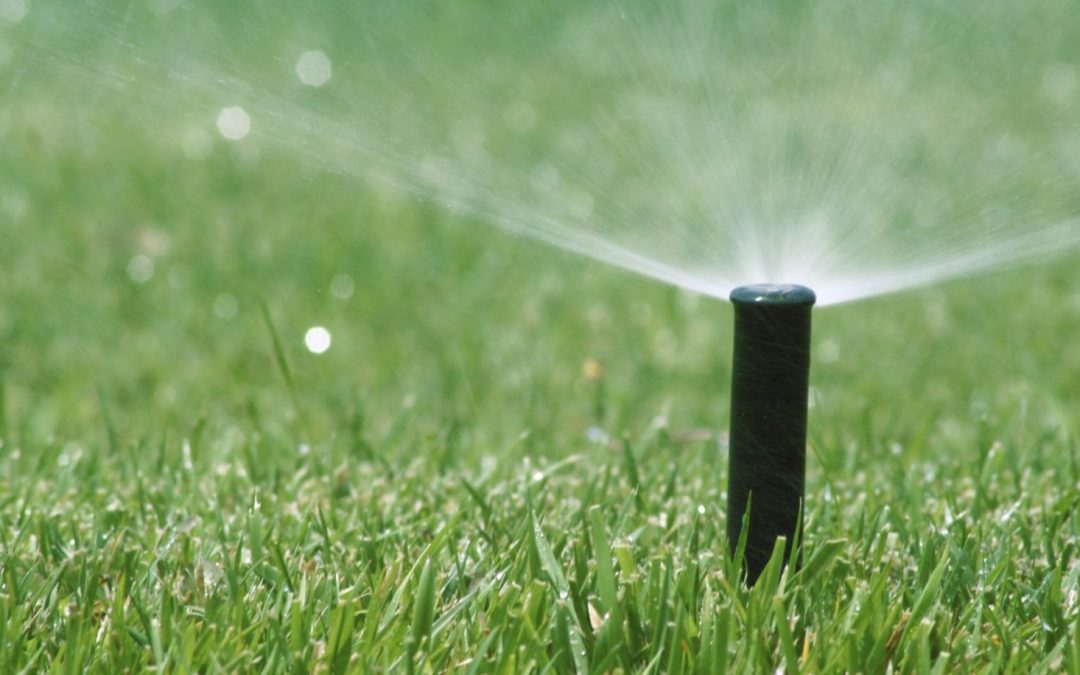In the United States alone, 9 billion gallons of water is used for outdoor watering every single day—mainly for landscape irrigation. Unfortunately, about half of that amount is wasted due to overwatering because of inefficient traditional irrigation methods and systems. But there’s a much better way, and it’s one True North Outdoor employs on most every property we service: smart irrigation systems.
Smart irrigation systems run on watering schedules and run times automatically to meet the needs of specific landscapes. Unlike the traditional preset programmed schedule and timers, these smart irrigation systems monitor weather, soil conditions, evaporation and plant water use to automatically adapt to the conditions of the site. Although there are many different types of irrigation systems, today we are focusing on weather-based controllers.
Also referred to as evapotranspiration (ET) controllers, weather-based controllers use local weather data (temperature, wind, solar radiation, and humidity) to adjust irrigation schedules. Evapotranspiration is a process combining soil surface evaporation and transpiration by plant materials. By gathering local weather information, these controllers can make irrigation run-time adjustments so the landscape receives the appropriate amount of water. There are three basics forms of these weather-based controllers:
1. Signal-based controllers use meteorological data from a publicly available source and the ET value is calculated for a grass surface at the site. The data is then sent to the controller by a wireless connection.
2. Historic ET controllers use a pre-programmed water use curve, based on historic water use in different regions. The curve can be adjusted for temperature and solar radiation.
3. On-site weather measurement controllers use weather data collected on-site to calculate continuous ET measurements and water.
Schedule a free property assessment today and see what type of smart irrigation technologies could benefit your property!

